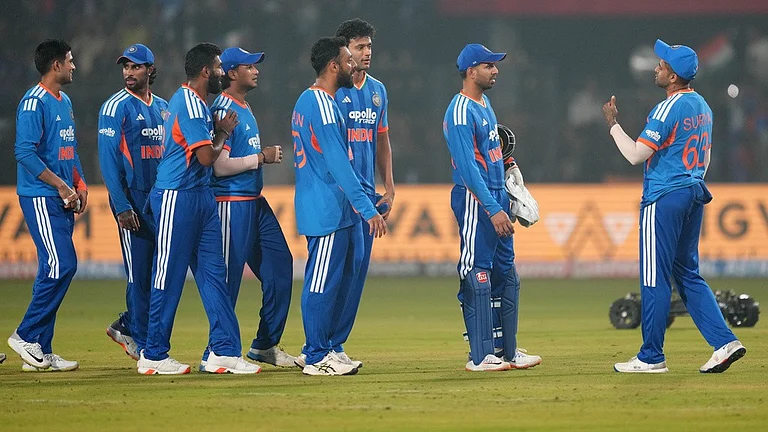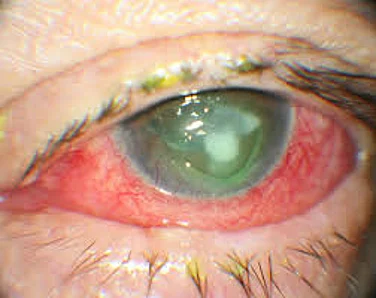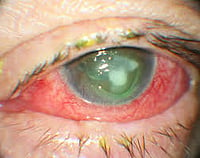Rabies is a viral disease that continues to pose a health challenge in many countries, including India, even though effective vaccines are available. India accounts for nearly one-third of global rabies cases, with children under 15—particularly those in rural or underserved areas—being the most at risk.
It spreads primarily through the bite or scratch of an infected animal such as a dog, monkey, or cat, as the rabies virus is present in their saliva.
In India, the public health challenge recently came under scrutiny following a Supreme Court directive. This has brought national attention to the urgent need for enhanced prevention, surveillance, and control measures across the country.
Official data presented in Parliament recently, under the Integrated Disease Surveillance Programme (IDSP), revealed that India recorded over 3.7 million dog-bite cases and 54 suspected human rabies deaths in 2024, while the Department of Animal Husbandry & Dairying (DAHD) reported 286 deaths in 2023 alongside over 4.6 million anti-rabies vaccine doses administered.
Experts emphasize mass dog vaccination, complemented by effective dog population management, as the most cost-effective and efficient strategy for preventing and eliminating dog-mediated rabies in humans. Global evidence indicates that sustained vaccination coverage of at least 70% of the dog population is critical to interrupt transmission. They cite examples of countries such as Mexico, Thailand, and Sri Lanka where such measures have led to significant progress in rabies control.

Dr. Vijay Kumar Agarwal, Director & HoD of Pulmonology & Critical Care Medicine, Yatharth Super Speciality Hospital, Faridabad, offers insight on the gravity of the issue and the way forward as India targets to eliminate rabies by 2030.
“Rabies is entirely preventable through prompt and appropriate post-exposure prophylaxis (PEP), including thorough wound washing, timely vaccination, and rabies immunoglobulin for severe exposures,” he says.
“Soon after you happen to be bitten by a dog, wash the wound immediately with soap and running water for at least 10 to 15 minutes. Avoid traditional remedies like chilli or oil. Seek medical care without delay.
Follow the full vaccination schedule strictly. For severe Category III exposures, rabies immunoglobulin (RIG) must be administered alongside the vaccine.”
What are rabies symptoms? In the initial stage, symptoms are often non-specific and can resemble common viral infections. These include fever, headache, fatigue, sore throat, and nausea. There may also be pain, itching, or tingling at the site of the animal bite, which can be an early clue pointing to rabies infection. This stage typically lasts for 2 to 10 days.
As the virus progresses to the central nervous system, more severe neurological symptoms emerge. These may include anxiety, confusion, agitation, hallucinations, and aggressive behavior. One of the hallmark signs is hydrophobia (fear of water), where attempts to drink water cause painful spasms in the throat. Patients may also exhibit aerophobia (fear of air or drafts), excessive salivation, and difficulty swallowing.
In some cases, instead of hyperactivity, the disease presents in a paralytic form. This form is more subtle and often misdiagnosed. Symptoms include gradual muscle weakness, loss of sensation, and paralysis, starting at the site of the bite and eventually spreading. The paralytic form accounts for around 20% of human rabies cases and tends to progress more slowly, but the outcome remains the same.
As the infection progresses, the patient may fall into a coma, eventually leading to cardiorespiratory failure and death, usually within 2 to 10 days of the onset of symptoms.
Once clinical symptoms appear, rabies is almost always fatal, underscoring the critical importance of early preventive treatment after exposure.
Talking to The Health Outlook, Dr. Agarwal shares details about the full rabies vaccination schedule for post-exposure treatment in humans, as recommended by the WHO and Indian National Guidelines, involving multiple doses depending on the exposure category.
“For Category II and III exposures—which include bites, scratches, or licks on broken skin—the first dose is given on Day 0, the day of the bite or injury, followed by subsequent doses on Days 3, 7, 14, and 28.
In cases of Category III exposure, such as deep bites, multiple wounds, or bites from suspected rabid animals, rabies immunoglobulin (RIG) must also be administered on Day 0, infiltrated around the wound. For pre-exposure vaccination, recommended for veterinarians, laboratory workers, or travelers to high-risk areas, two doses are given on Day 0 and Day 7, with a booster dose after one year and then every three to five years thereafter.”
What if one misses a dose? Dr. Agarwal says, “Take it as soon as you remember. Continue the rest of the schedule without restarting from Day 0. Try not to delay more than a few days, but even if you’re late, do not stop the series. Consult a doctor if a major delay happens (more than 1–2 weeks) while keeping a close watch on the dog.”
Regarding intake of alcohol and other medications during rabies vaccination, he says, “Alcohol can interfere with the body’s immune response. Occasional intake may not completely ruin the effect, but abstinence is recommended. Also, most medicines (like antibiotics, blood pressure, or diabetes medicines) can be taken. Steroids or immunosuppressants may reduce vaccine effectiveness—discuss with a doctor if you are on them.”
In addition to clinical interventions, Dr. Agarwal highlights the importance of addressing environmental factors—such as unmanaged waste that supports the growth of street dog populations. He also stresses the need to protect vulnerable children through targeted education and active community engagement, both of which are crucial in efforts to curb the menace of rabies.
He also underscores the importance of vaccinating all pets—dogs and cats—according to the recommended schedule, with the first dose at three months of age, a booster at one year, and subsequent boosters every one to three years depending on the vaccine type.
Dr. Agarwal also suggests avoiding the abandonment of animals, as stray and unvaccinated ones are a major source of rabies transmission. Pet owners should supervise their animals to prevent them from roaming freely or getting into fights with stray animals.
Also, most important is public awareness. Communities should be encouraged to vaccinate their pets and report any suspected rabid animals, he says, and concludes by noting, “India has the policies, the vaccines, and the expertise. What remains is consistent, district-wise execution to turn ‘Zero by 2030’ from aspiration to reality.”


























